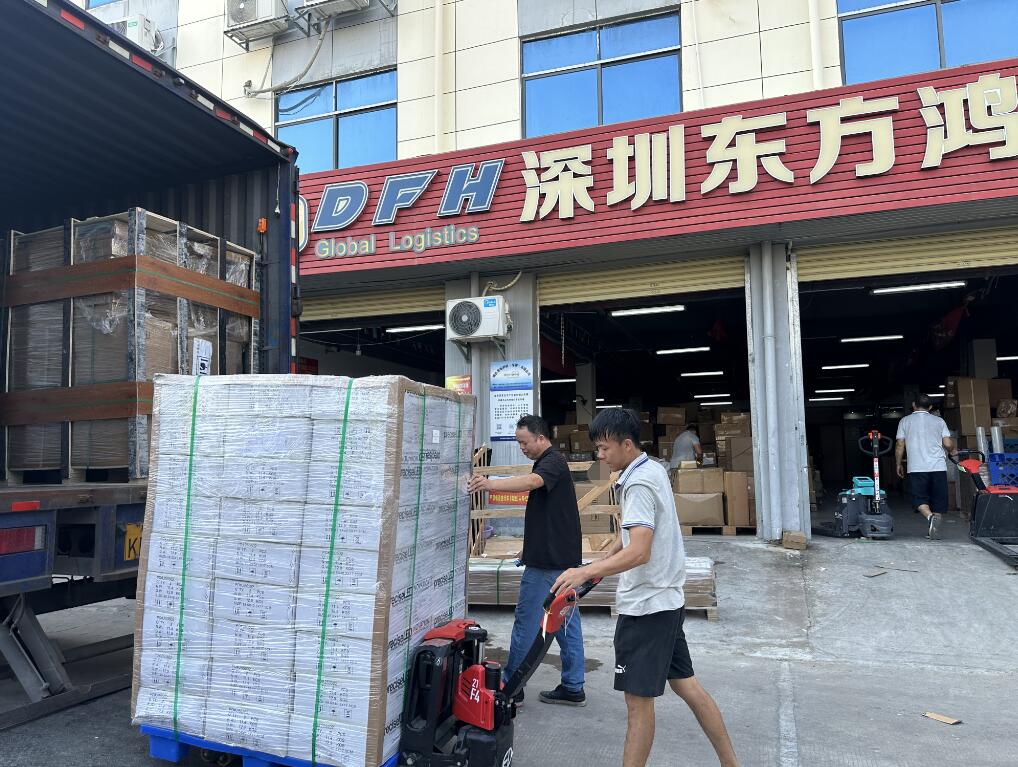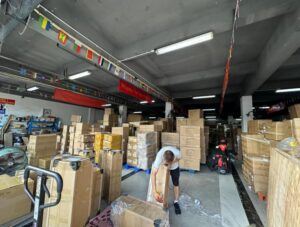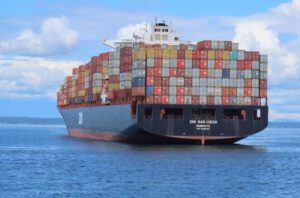If you’re sourcing products on Alibaba and planning to ship them to Australia, this guide is for you. Whether you’re a small startup, an Amazon seller, or an individual buying in small volumes, understanding the right shipping process will help you reduce risks, save on costs, and avoid delays at customs.
As a co-founder of DFH Logistics with 12+ years of experience in international freight forwarding, I’ve helped thousands of Australian clients manage imports from Alibaba smoothly and cost-effectively. This article answers all your questions based on real client cases and logistics best practices.
Why buy from Alibaba and ship to Australia?
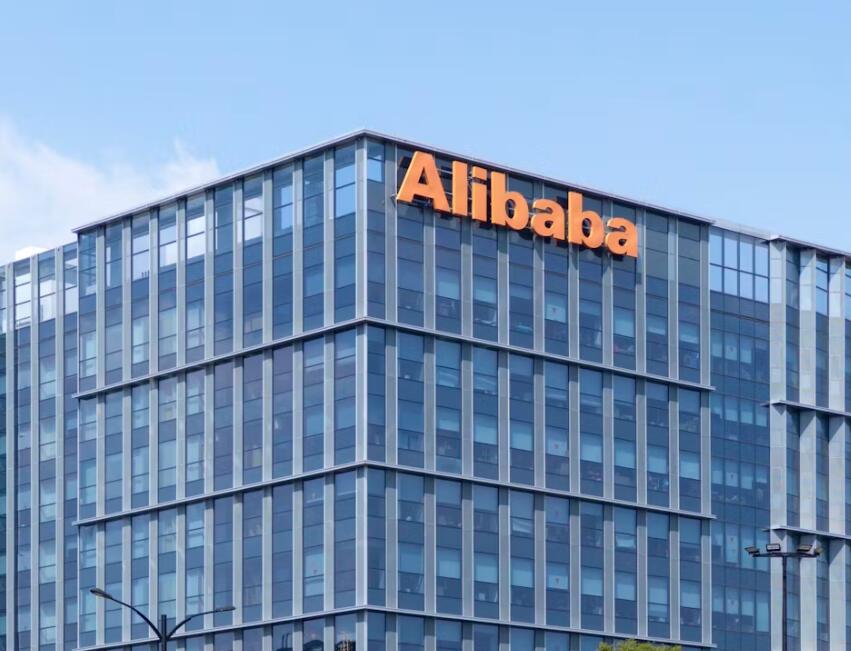
Alibaba offers access to tens of thousands of verified Chinese suppliers at factory prices. Here’s why many Australian businesses choose Alibaba:
- Cost efficiency: Prices are often much lower than local sourcing.
- Wide product range: Electronics, packaging, homewares, textiles, and more.
- OEM/ODM services: You can customize products with your own brand or specifications.
Shipping to Australia is well supported, thanks to the strong logistics infrastructure between China and Australia.
How does shipping work on Alibaba?
Shipping arrangements on Alibaba fall into two categories:
- Supplier-arranged shipping: The supplier handles the freight. Commonly used Incoterms include EXW, FOB, and CIF.
- Buyer-arranged shipping: You work with a third-party freight forwarder like DFH to manage pickup, documentation, shipping, customs, and final delivery.
Alibaba sellers may offer standard courier services, but for large or complex shipments, it’s more cost-effective to use your own forwarder.
Should you let your Alibaba supplier handle the shipping?
Letting your supplier manage shipping may seem convenient, but it has risks:
- Higher costs: Suppliers often use courier services with markup.
- Lack of transparency: You won’t control carrier choice, route, or customs clearance.
- No after-sales support: If issues arise, the supplier may not take responsibility.
Using a professional freight forwarder allows you to tailor shipping according to volume, speed, and budget, while ensuring full customs compliance and visibility.
What are the shipping methods from Alibaba to Australia?
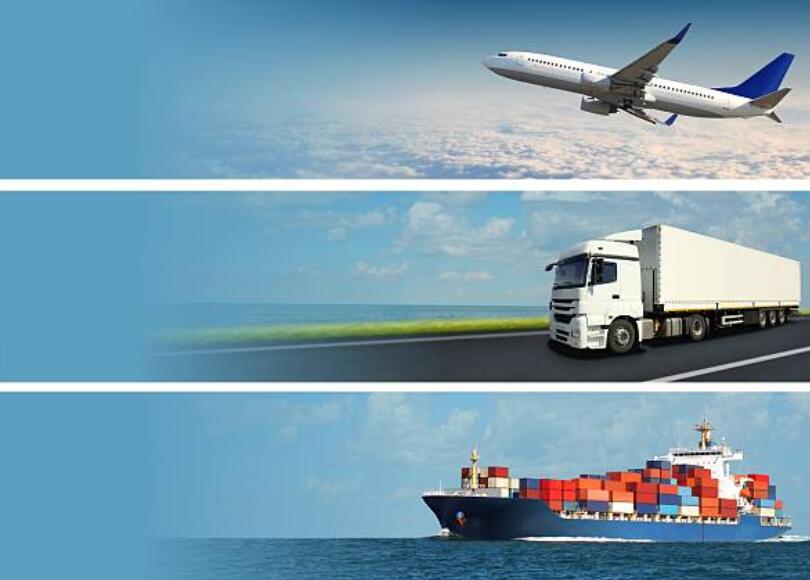
Common shipping methods include:
| Method | Transit Time | Best For | Comments |
|---|---|---|---|
| Express Courier | 3–7 days | Samples or <100 kg | Fast but expensive |
| Air Freight | 7–12 days | 50–300 kg, time-sensitive | Requires customs clearance |
| Sea Freight (LCL) | 20–30 days | >1 CBM, medium-size shipments | Shared container, cost-efficient |
| Sea Freight (FCL) | 18–28 days | >15 CBM or full container load | Ideal for bulk shipments |
| DDP Air | 8–12 days | Any size, no import license | All-in-one, tax & customs included |
| DDP Sea | 25–35 days | Any size, no import license | All-in-one, tax & customs included |
Choosing the right method depends on your cargo size, urgency, and whether you prefer a hands-off shipping experience.
What is DDP shipping from Alibaba to Australia?
DDP (Delivered Duty Paid) shipping is a door-to-door solution where:
- Your freight forwarder collects goods from your Alibaba supplier
- Handles export declaration from China
- Ships the goods to Australia
- Takes care of import customs clearance, duties, and GST
- Delivers the goods to your final address
You don’t need an ABN or customs knowledge—everything is taken care of. It’s ideal for individuals, new businesses, or buyers unfamiliar with cross-border regulations.
How much does it cost to ship from Alibaba to Australia?
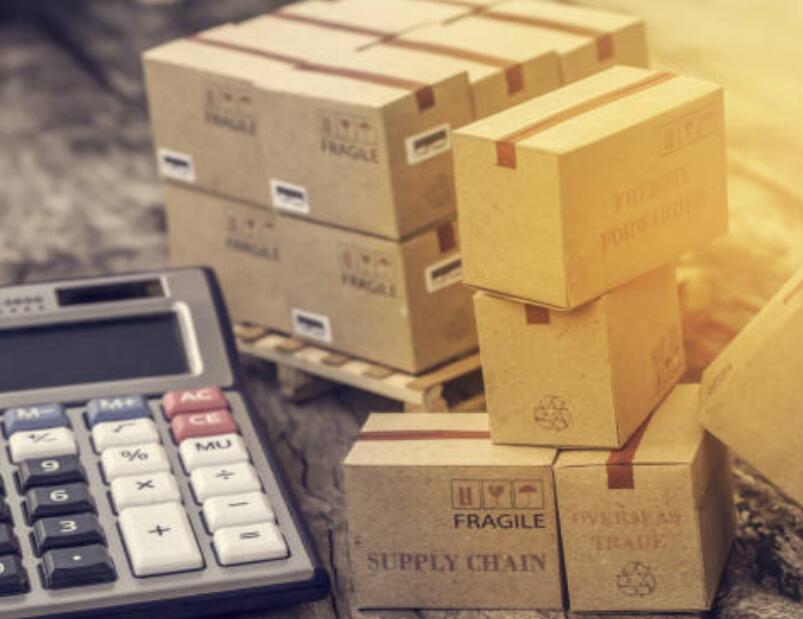
Shipping costs depend on several factors:
- Shipping method: Express is fastest but most expensive, while sea freight is cheapest.
- Cargo weight and dimensions: Pricing is based on either actual or volumetric weight.
- Delivery terms: DDP includes taxes, duties, and final-mile delivery, while other methods may not.
- Pickup and delivery locations: Inland delivery within Australia (e.g., to Perth or Adelaide) adds cost compared to port cities like Sydney or Melbourne.
Here’s a rough estimate:
| Shipping Method | Weight/Volume | Estimated Cost (AUD) | Delivery Time |
|---|---|---|---|
| Express Courier | 1kg-21kg | $6–$10/kg | 4–7 days |
| Air Freight | 50–300 kg | $4–$9/kg | 7–12 days |
| LCL Sea Freight | less 5CBM | $100–$300 | 25–35 days |
| FCL 20’ Container | 28 CBM | $2,000–$3,500 | 20–28 days |
| DDP Sea Freight | 1–5 CBM | $1.5–$3.5/kg | 25–35 days |
For accurate pricing, it’s always best to request a personalized quote with full shipment details.
What is the cheapest way to ship from Alibaba to Australia?
The cheapest way typically depends on cargo size:
- Small parcels (<20kg): Use a slower courier option if not urgent.
- Medium volume (1–5 CBM): LCL sea freight with DDP is usually the most affordable.
- Large volume (>15 CBM): FCL (full container load) offers the lowest per-unit cost.
Additional cost-saving tips:
- Consolidate multiple supplier orders before shipping.
- Use professional repacking to reduce dimensional weight.
- Select non-urgent delivery schedules to get lower freight rates.
- Work with a freight forwarder to avoid hidden charges and unnecessary customs delays.
Do you need an ABN or GST registration to import from Alibaba to Australia?
If you’re importing from Alibaba into Australia, your requirements depend on the nature of your import:
For Businesses:
- ABN (Australian Business Number): Strongly recommended for all commercial imports.
- GST Registration: Required if your business has an annual turnover of AUD 75,000 or more.
When importing goods valued over AUD 1,000, you will typically need to:
- Pay 10% GST on the customs value (CIF: cost + insurance + freight).
- Provide documentation under your ABN for customs clearance.
For Individuals:
- You don’t need an ABN or GST registration for personal shipments.
- However, if the total value exceeds AUD 1,000, you may still be liable for duties and GST unless you use a DDP shipping method, where these costs are pre-paid on your behalf.
Using DDP air or sea freight services simplifies the process, especially for individuals and small startups.
How is Australian customs clearance handled when shipping from Alibaba?
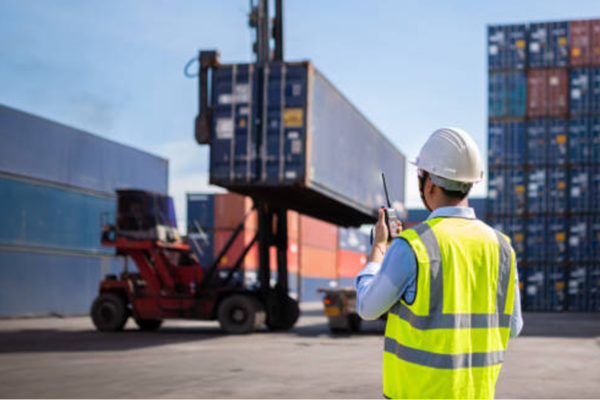
Australia has strict customs protocols. Here’s how the process works:
Customs Declaration: Your goods must be declared through the Australian Border Force (ABF) via the Integrated Cargo System (ICS).
Documentation Required:
- Commercial invoice
- Packing list
- HS codes for each product
- Bill of lading or air waybill
Duties and Taxes:
- GST (10%) applies on goods over AUD 1,000.
- Some items may attract customs duties depending on classification.
Inspection & Quarantine:
- The Department of Agriculture may inspect certain goods (especially wood, food, cosmetics, textiles, etc.) for biosecurity risks.
To avoid delays, always ensure proper labeling, accurate product description, and compliant documentation. If you ship via DFH Logistics’ DDP service, we manage the entire clearance process for you—ensuring faster delivery and no compliance mistakes.
Can individuals ship from Alibaba to Australia without a business license?

Yes. Individuals in Australia can import products from Alibaba without holding an ABN (Australian Business Number) or business license—especially if:
- You’re importing for personal use.
- Your order value is relatively low (under AUD 1,000).
- You choose DDP shipping, where the freight forwarder handles customs, duties, and GST.
Keep in mind:
- Some products (such as food, cosmetics, or electronics) may still require import permits or certifications, even for personal use.
- If your order exceeds AUD 1,000, GST and duties will apply at the border unless you use a DDP service.
For hassle-free personal imports, we recommend DDP air or sea freight to simplify paperwork and avoid customs issues.
How should small businesses and startups import from Alibaba to Australia?
Small businesses and startups should focus on:
- Shipping flexibility: Use freight methods like LCL or DDP that don’t require you to fill a whole container.
- Consolidation services: Combine goods from multiple Alibaba suppliers into one shipment to save on costs.
- Warehousing and repacking: Use DFH’s warehouse in Shenzhen to check goods, repackage professionally, and prepare Amazon/FBA-ready labeling.
- DDP services: Simplify import by bundling shipping, customs, and delivery into a single solution—no ABN required.
This approach lets you stay lean in the early stages of your business while importing legally and efficiently.
How to ship Alibaba orders directly to Amazon Australia (FBA)?
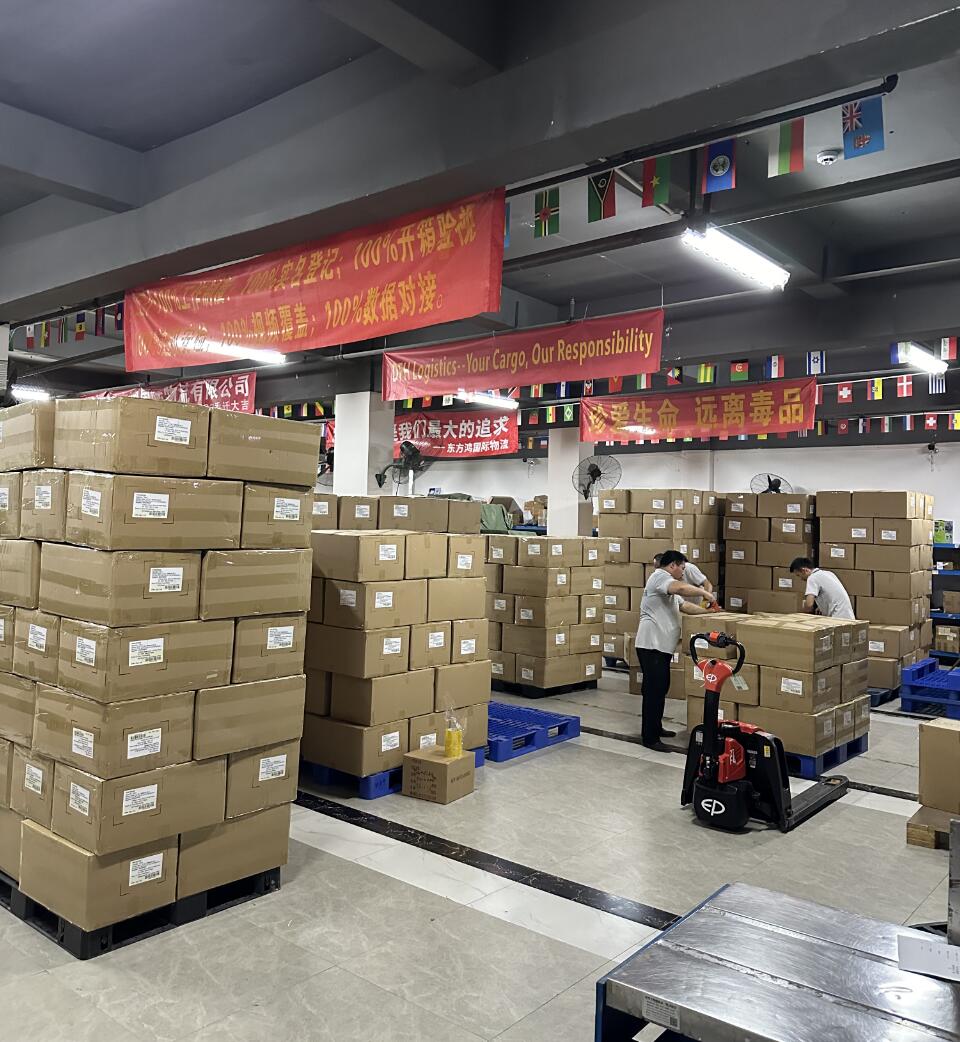
If you’re selling on Amazon Australia, you can ship your Alibaba-sourced products directly to an Amazon FBA warehouse. However, you need to meet Amazon’s strict requirements for packaging, labeling, and delivery appointments.
Here’s how to do it step by step:
1. Confirm FBA Product Requirements
Before ordering, make sure:
- The product is allowed to be sold on Amazon Australia.
- You have FNSKU labels ready (Amazon’s barcode format).
- You understand Amazon’s carton size and weight limits.
2. Ask Your Supplier About FBA Preparation
Some Alibaba suppliers offer FBA prep (labeling, bundling, poly-bagging). If they can’t, DFH Logistics can provide:
- Label printing and application
- Carton inspection and repacking
- Compliance checks for packaging and inserts
3. Choose a DDP Shipping Option
Amazon does not act as the Importer of Record. You must:
- Use a freight forwarder who can clear Australian customs on your behalf.
- Prefer DDP air or sea freight, where import duty and GST are handled for you.
4. Book Amazon Delivery Appointment
If using FCL/LCL sea freight:
- You’ll need to book a delivery appointment at the designated FBA center.
- DFH can coordinate this with Amazon’s carrier system on your behalf.
Direct-to-FBA shipping is efficient, but requires planning and experience. At DFH Logistics, we’ve helped hundreds of clients ship directly from Alibaba to Amazon Australia while avoiding labeling mistakes, customs delays, or rejection by FBA warehouses.
What products can you import from Alibaba to Australia?
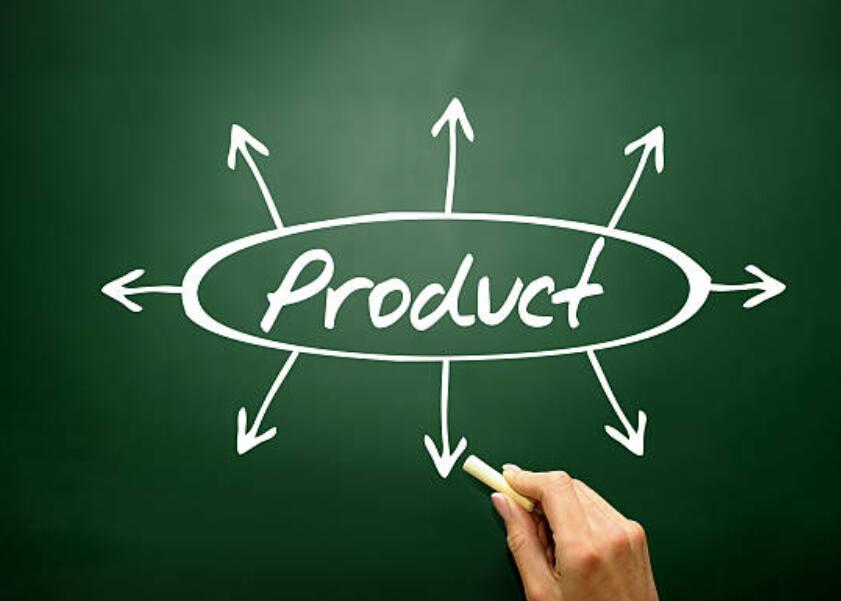
You can import a wide variety of products from Alibaba to Australia, provided they meet local regulations. Popular categories include:
- Home and garden: Tools, decor, storage boxes, pet supplies
- Beauty and personal care: Hair tools, skincare tools (non-chemical)
- Electronics accessories: Charging cables, stands, holders (with compliance certificates)
- Fitness and outdoor gear: Resistance bands, camping equipment
- Packaging products: Custom gift boxes, mailer bags, eco-packaging
Important Notes:
- Some products may require safety certifications (e.g., SAA for electronics, ARTG for medical items).
- Avoid restricted or prohibited goods like counterfeit items, foods, or anything requiring quarantine clearance unless you’re experienced.
DFH can assist with product compliance checks before shipment, ensuring your imports meet Australian import laws.
How do you ship from Alibaba to Australia step by step?
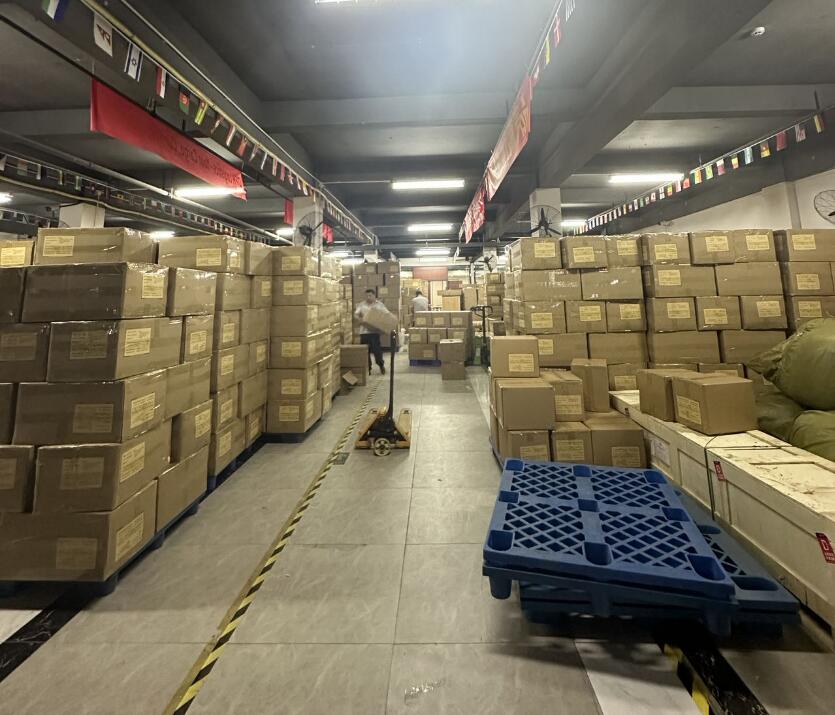
Shipping from Alibaba to Australia can be straightforward if you follow a well-structured process. Here’s a complete walkthrough:
Step 1: Get Product Details from Your Supplier
Ask for:
- Product dimensions and weight
- Quantity and HS codes
- Export-ready packaging photos
- Trade terms (EXW, FOB, CIF)
Step 2: Choose Your Freight Forwarder
Select a forwarder like DFH Logistics who offers:
- Multiple shipping methods (express, air, sea, DDP)
- Free consolidation and repacking
- Customs clearance and tax handling
Step 3: Confirm the Shipping Method
Pick based on volume, budget, and urgency:
- Express for samples
- Air freight for <300kg
- Sea freight for 1 CBM+
- DDP for hands-off importing
Step 4: Prepare Documentation
Ensure the following documents are ready:
- Commercial invoice
- Packing list
- Shipping label (for FBA or DDP)
- Certificate of origin or compliance if required
Step 5: Arrange Pickup or Delivery to the Warehouse
- If EXW: Your forwarder picks up from supplier
- If FOB: Supplier delivers to port or airport in China
Step 6: Monitor Transit and Clearance
- Track your shipment
- Your forwarder will file customs clearance
- Any inspections or document follow-ups will be handled
Step 7: Final Delivery in Australia
- Express: Delivered to your door by courier
- LCL/FCL: Delivered to your warehouse
- DDP: Delivered after duties/GST are paid by the forwarder
What documents are required to ship from Alibaba to Australia?
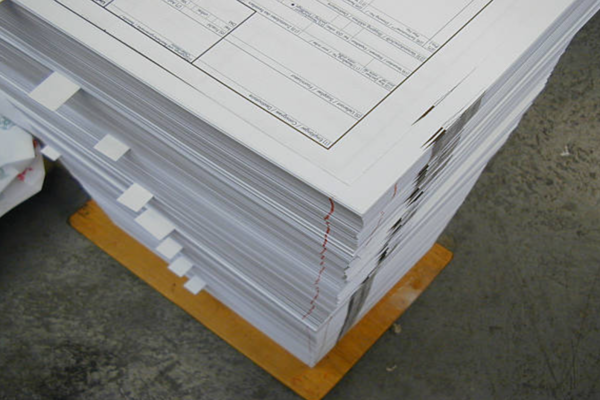
Accurate documentation ensures smooth customs clearance and avoids unnecessary delays. Here are the essential documents:
1. Commercial Invoice
Lists item description, HS codes, declared value, quantity, and terms. Required for customs declaration and GST calculation.
2. Packing List
Details the packaging breakdown—number of cartons, gross and net weight, and measurements. Helpful for inspection and warehouse handling.
3. Bill of Lading (B/L) or Air Waybill (AWB)
Issued by the shipping carrier and acts as proof of shipment.
4. Importer Identification
- For businesses: ABN
- For DDP shipments: DFH can act as the importer on your behalf
5. Product Certificates (if applicable)
Some products may require:
- SAA for electrical items
- MSDS for batteries or liquids
- Biosecurity declarations for wood/paper/natural materials
When shipping with DFH Logistics, we’ll guide you on required documentation based on your product and chosen shipping method.
Why is Alibaba shipping so expensive to Australia sometimes?
Many Australian importers are surprised by the high shipping costs quoted by Alibaba suppliers. Here are the main reasons:
1. Suppliers Use High-Rated Couriers
Suppliers often choose express couriers (like DHL or FedEx) by default. While fast, these services are significantly more expensive—especially for large or heavy items.
2. No Consolidation
If you’re ordering small quantities from multiple suppliers, and each sends goods separately, the per-item shipping cost increases dramatically. Freight forwarders like DFH can consolidate orders to reduce total cost.
3. Poor Packaging Increases Volumetric Weight
Improper packaging leads to higher dimensional (volumetric) weight, especially in air or express shipments. Optimizing packaging can cut costs by 15–30%.
4. Hidden Fees and Handling Charges
Alibaba shipping quotes may not include:
- Australian customs clearance
- Duties and GST
- Final-mile delivery in Australia
These surprise costs inflate your real shipping expenses. DDP shipping gives you a clear, all-inclusive rate with no hidden charges.
What are common mistakes when shipping from Alibaba to Australia?

Here are the top mistakes importers make—and how to avoid them:
Mistake 1: Letting the Supplier Handle All Logistics
You’ll have limited visibility, can’t control carrier choice, and may pay more in total. Solution: Use a trusted freight forwarder.
Mistake 2: Misunderstanding Incoterms
EXW, FOB, CIF—each has different cost responsibilities. Always clarify who pays for what and where the liability ends.
Mistake 3: Ignoring Australian Import Regulations
Some products require permits, certifications, or are restricted. Shipping without checking can result in customs seizure or fines.
Mistake 4: Using Wrong HS Code or Declared Value
Under-declaring can cause delays, penalties, or audits. Always use correct HS codes and realistic values.
Mistake 5: Overpaying for Express When Sea Freight Is Better
For cargo over 1 CBM, sea freight (especially DDP) can save 50–70% compared to express.
Avoiding these common mistakes can save you thousands and protect your brand reputation.
How can DFH Logistics help you ship from Alibaba to Australia?
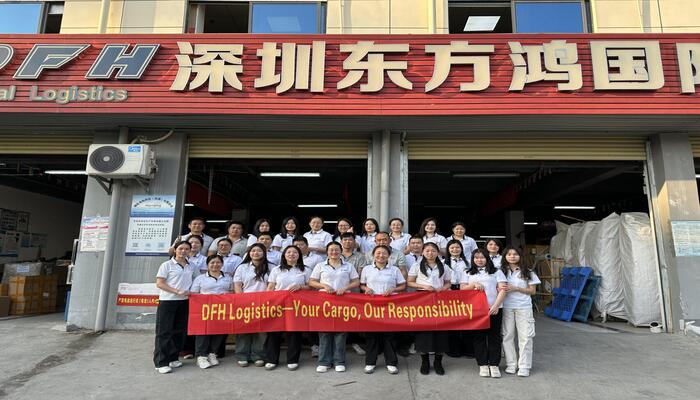
At DFH Logistics, we specialize in helping businesses and individuals worldwide ship products from Alibaba to Australia—safely, quickly, and cost-effectively. With over 12 years of experience in international logistics, we provide full support at every step of the journey.
Our Services Include:
DDP (Delivered Duty Paid) Shipping
We offer air and sea DDP solutions where duties, GST, and customs clearance are fully handled. You don’t need an ABN or to deal with paperwork—we manage everything.Free Consolidation & Warehousing
Buy from multiple Alibaba suppliers? We’ll collect all goods into one shipment, store them for free (up to 30 days), and pack them efficiently to reduce cost.Custom Packaging & Labeling
We inspect incoming goods, apply Amazon or e-commerce compliant labels, and repack as needed. You’ll receive photo updates throughout the process.Flexible Shipping Channels
Choose from express courier, air freight, LCL/FCL sea freight, or combined multimodal transport. We tailor solutions to your timeline and budget.Customs & Documentation Support
We prepare all export and import paperwork, guide you through regulations, and use the correct HS codes to ensure smooth clearance.
Whether you’re a first-time importer or a seasoned Amazon seller, DFH helps you streamline logistics from factory to final delivery in Australia—without stress.
Case studies: Real Australian clients shipping from Alibaba with DFH
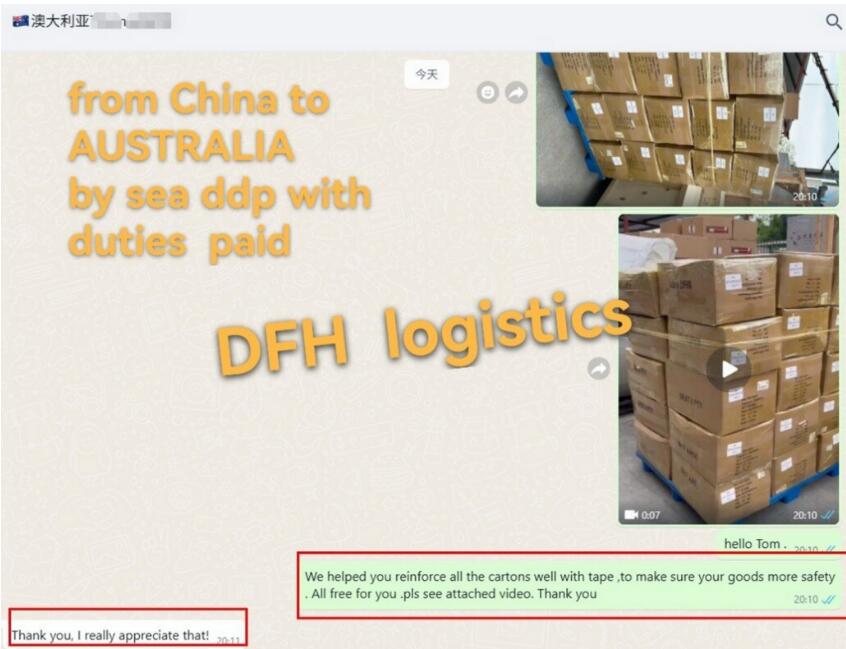
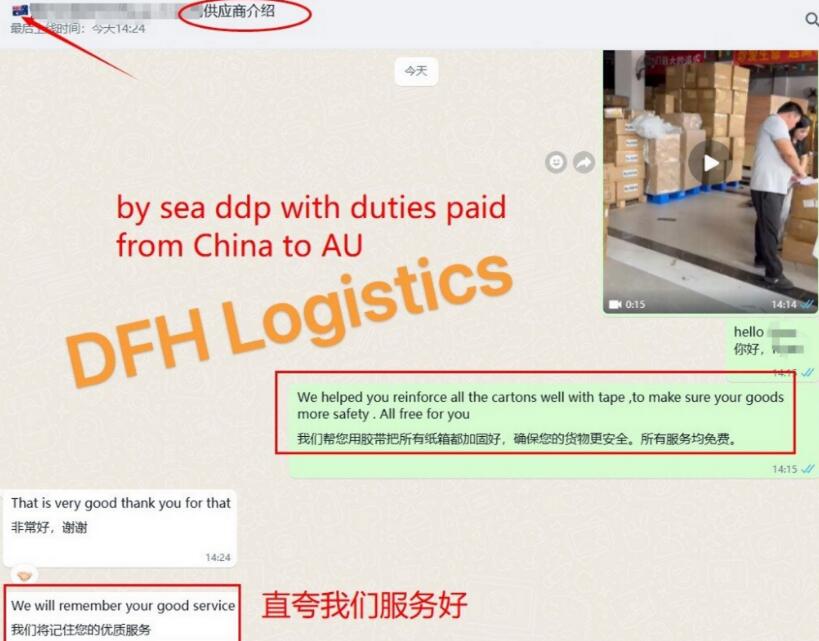
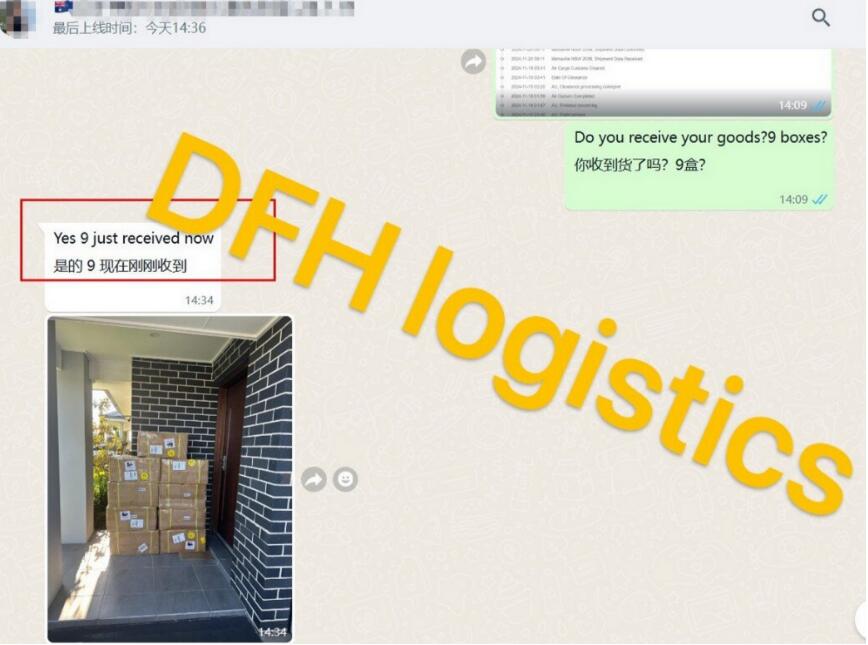

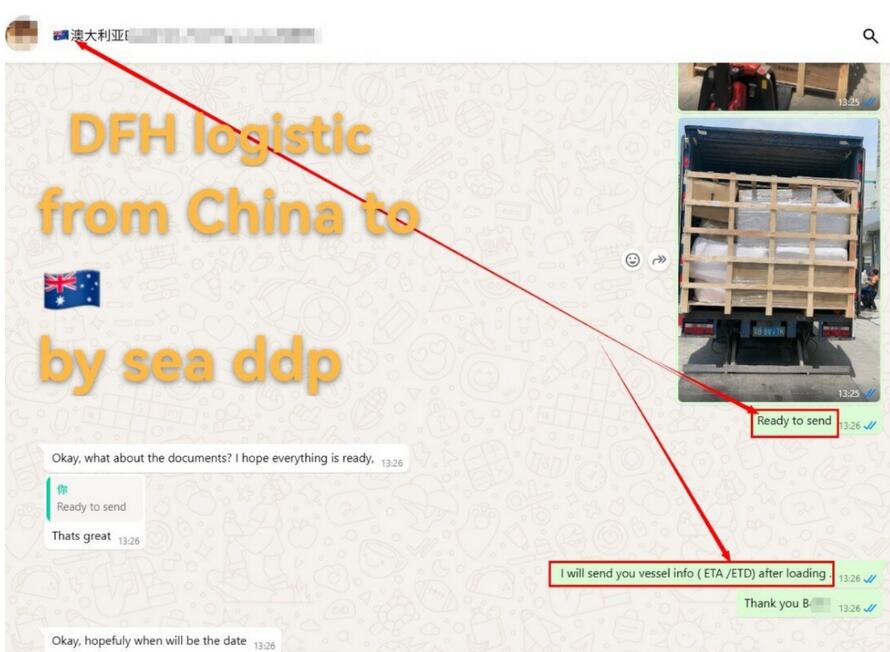
Conclusion: What’s the best way to ship from Alibaba to Australia?
The best shipping method from Alibaba to Australia depends on your:
- Cargo size and weight
- Urgency of delivery
- Budget
- Whether you’re importing as an individual or a business
Here’s a quick recommendation:
| Scenario | Recommended Method |
|---|---|
| Small parcels (<20kg) | Express courier (DHL, FedEx) |
| Medium volume (1–5 CBM) | DDP Sea Freight (LCL) |
| Urgent mid-size shipments | DDP Air Freight |
| Large volume (>15 CBM) | FCL with customs clearance |
| No ABN / want all-in-one | DDP service (air or sea) |
Working with a reliable logistics partner like DFH ensures you’re not overpaying or getting stuck at customs. We offer free consultation and tailor a solution that fits your business goals.
Ready to ship from Alibaba to Australia?
If you’re ready to simplify your importing process, contact DFH Logistics for a tailored quote. Whether you’re buying small batches or full containers, we’ll help you navigate shipping, customs, and delivery—so you can focus on growing your business.

